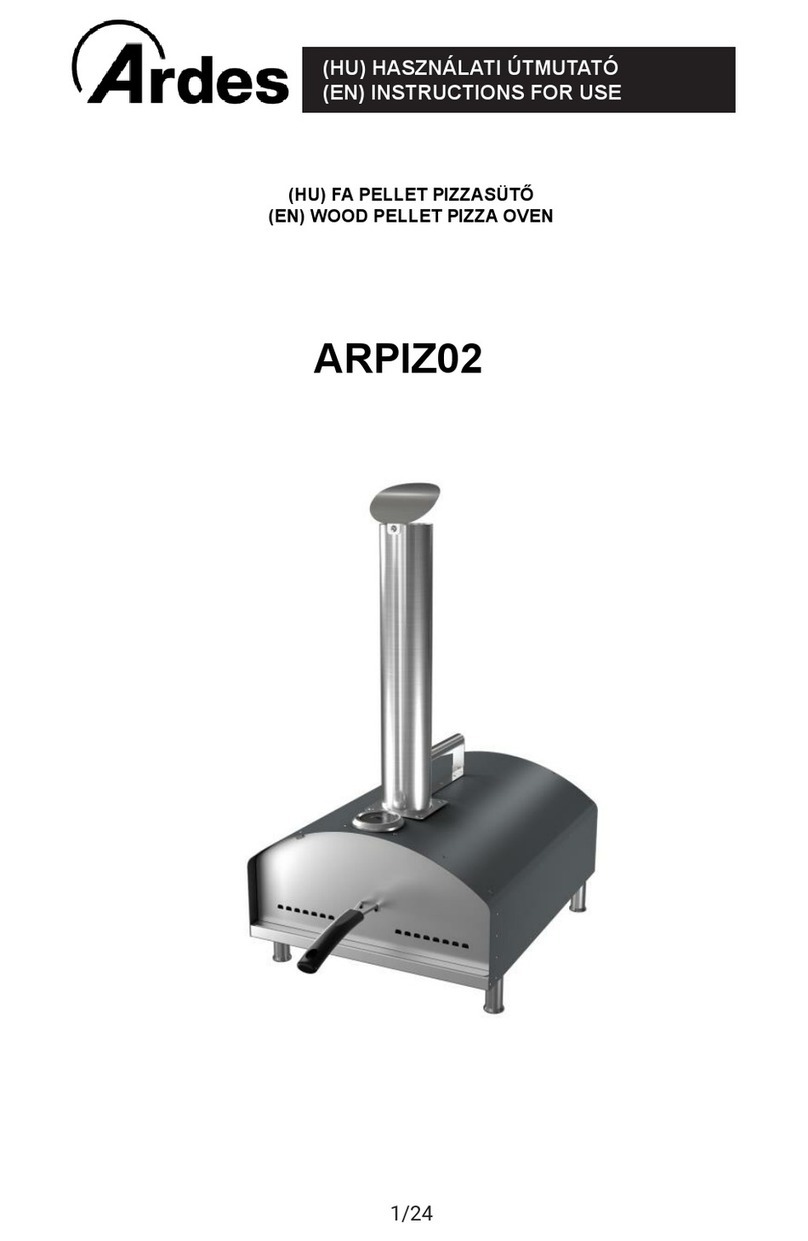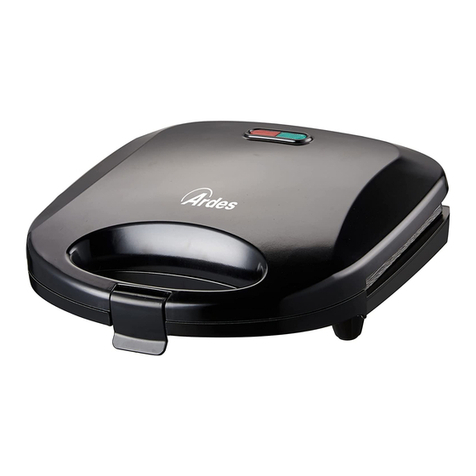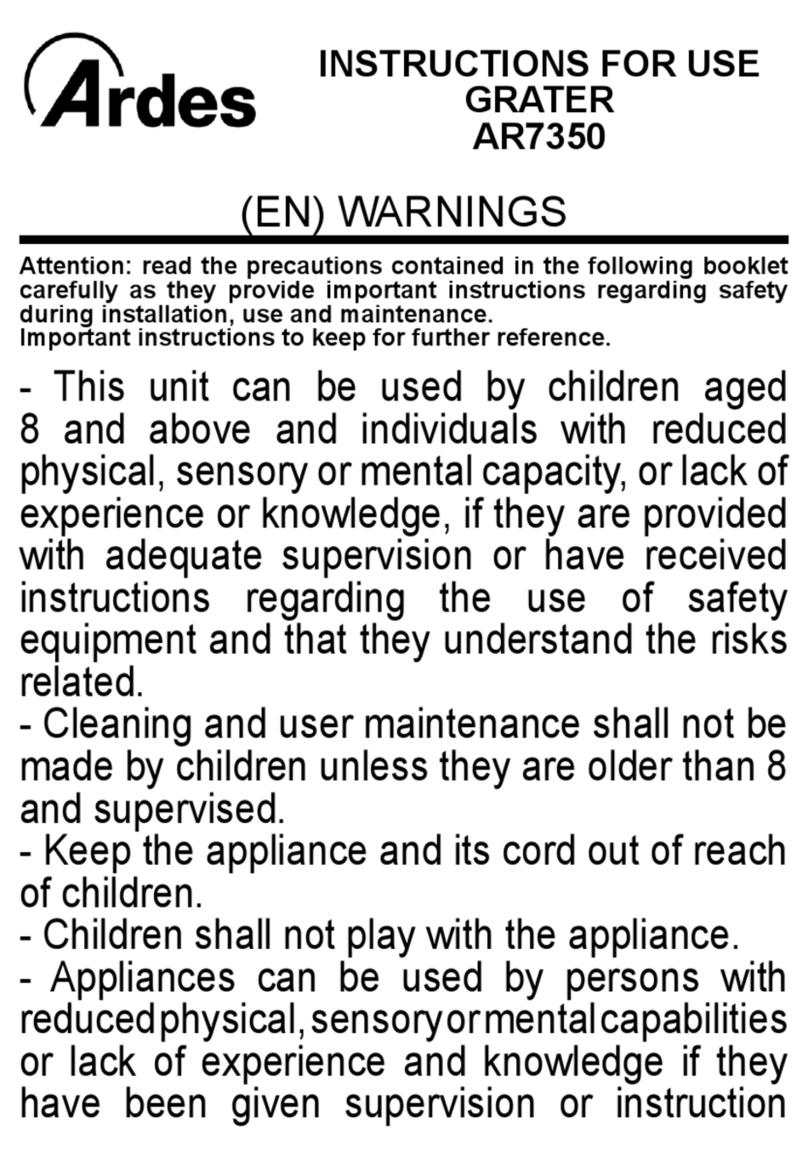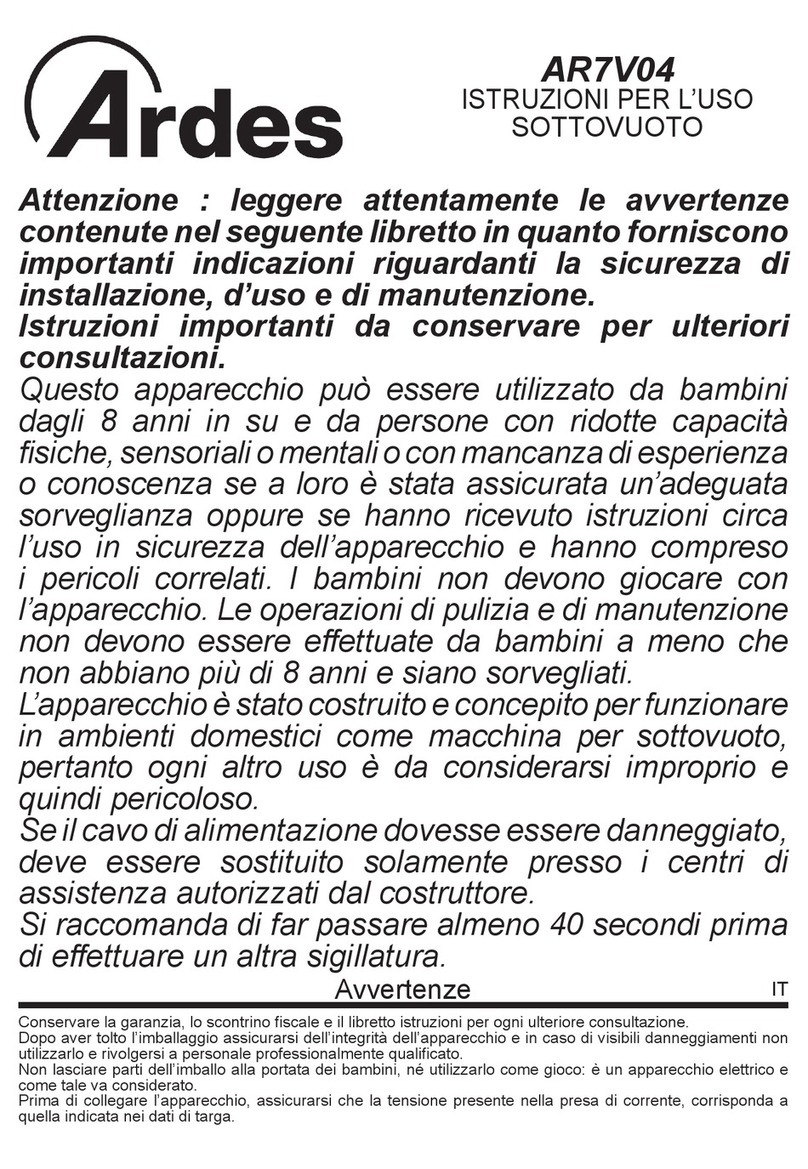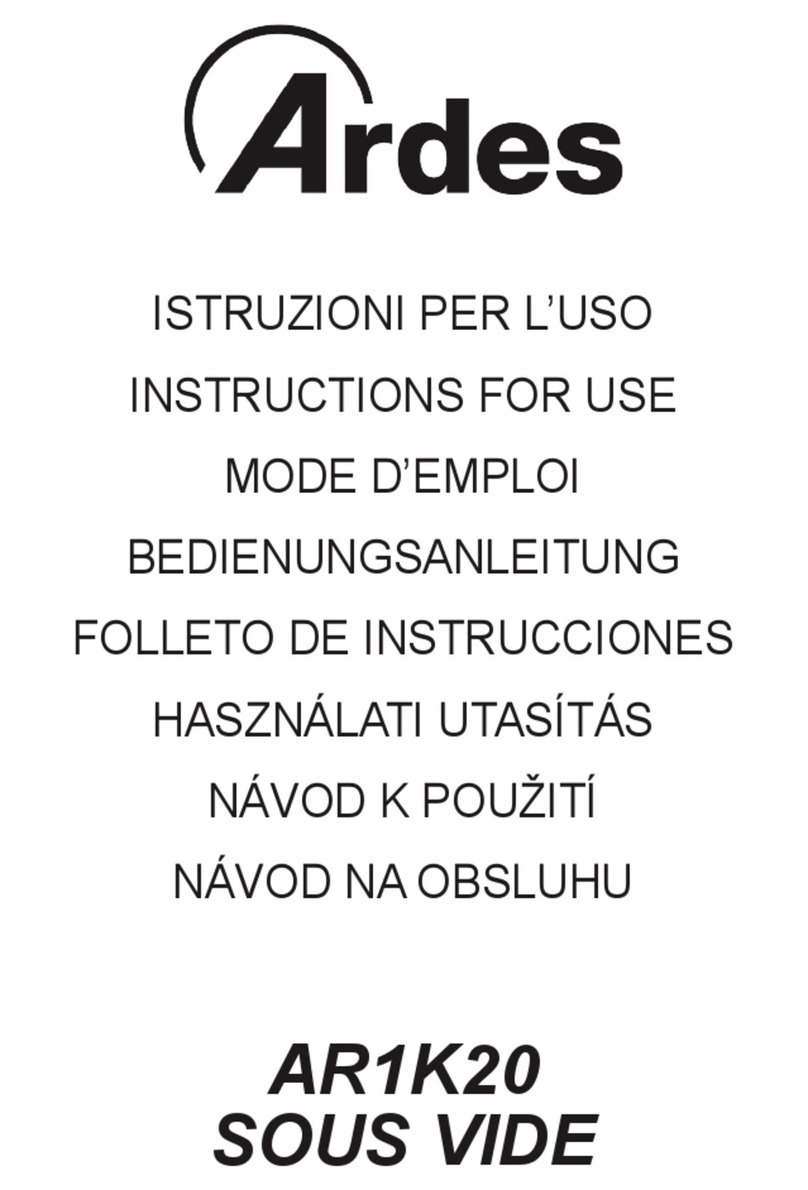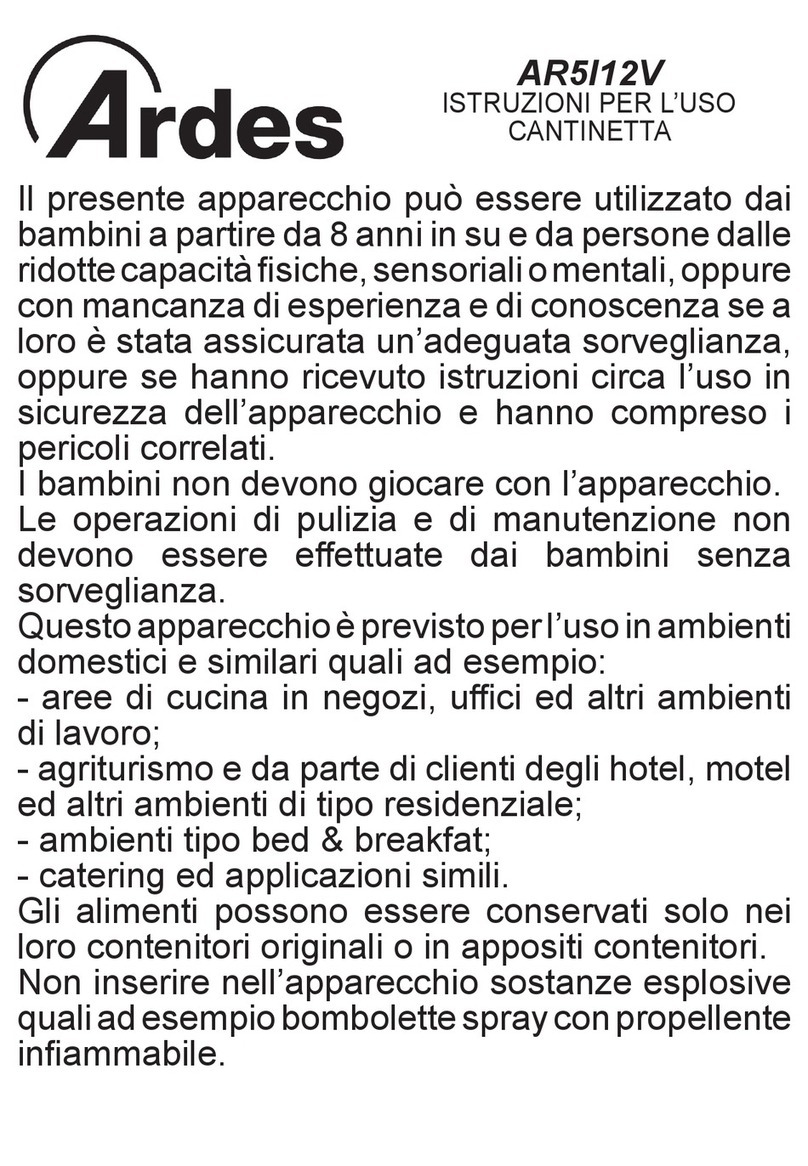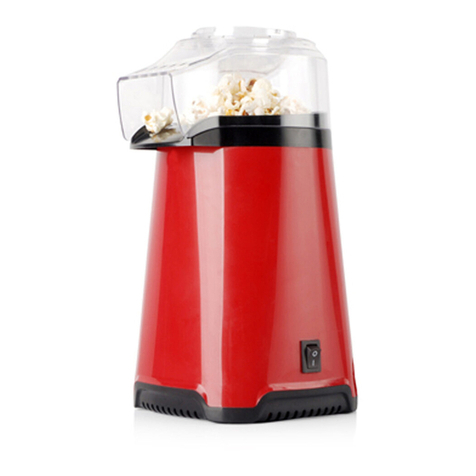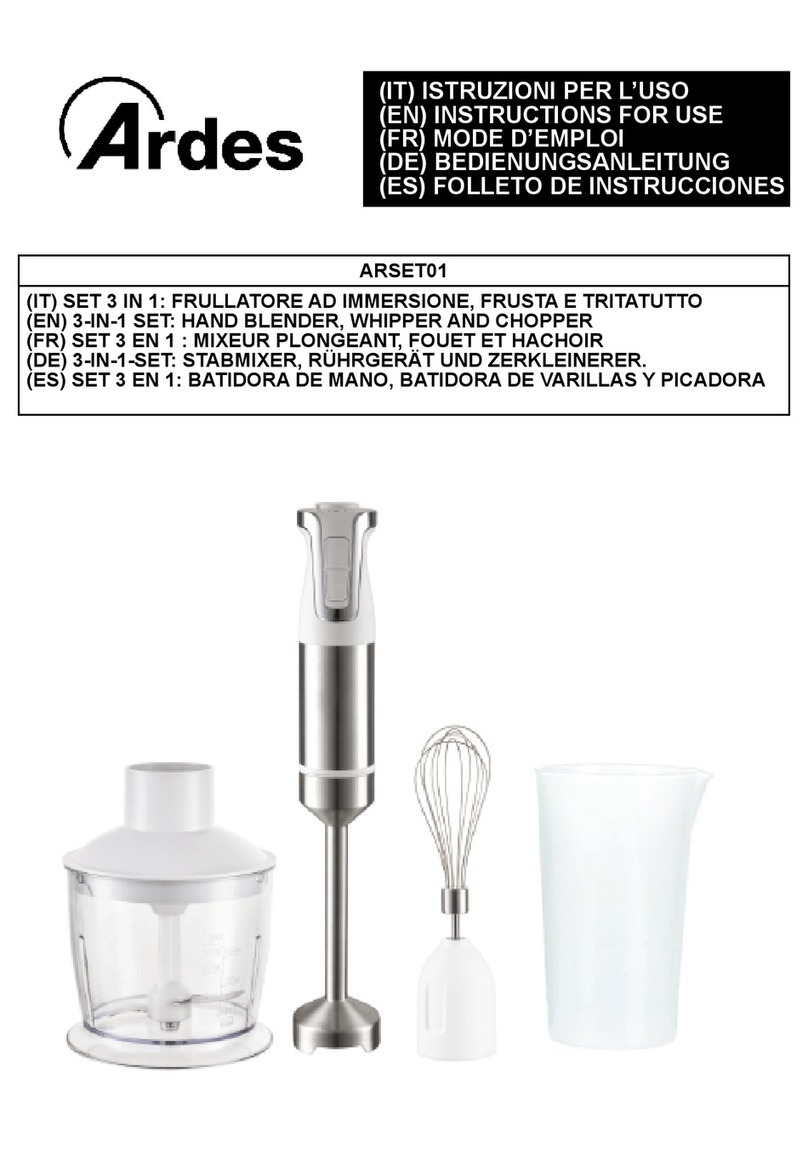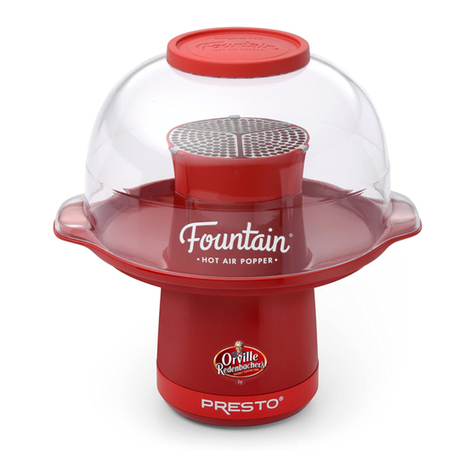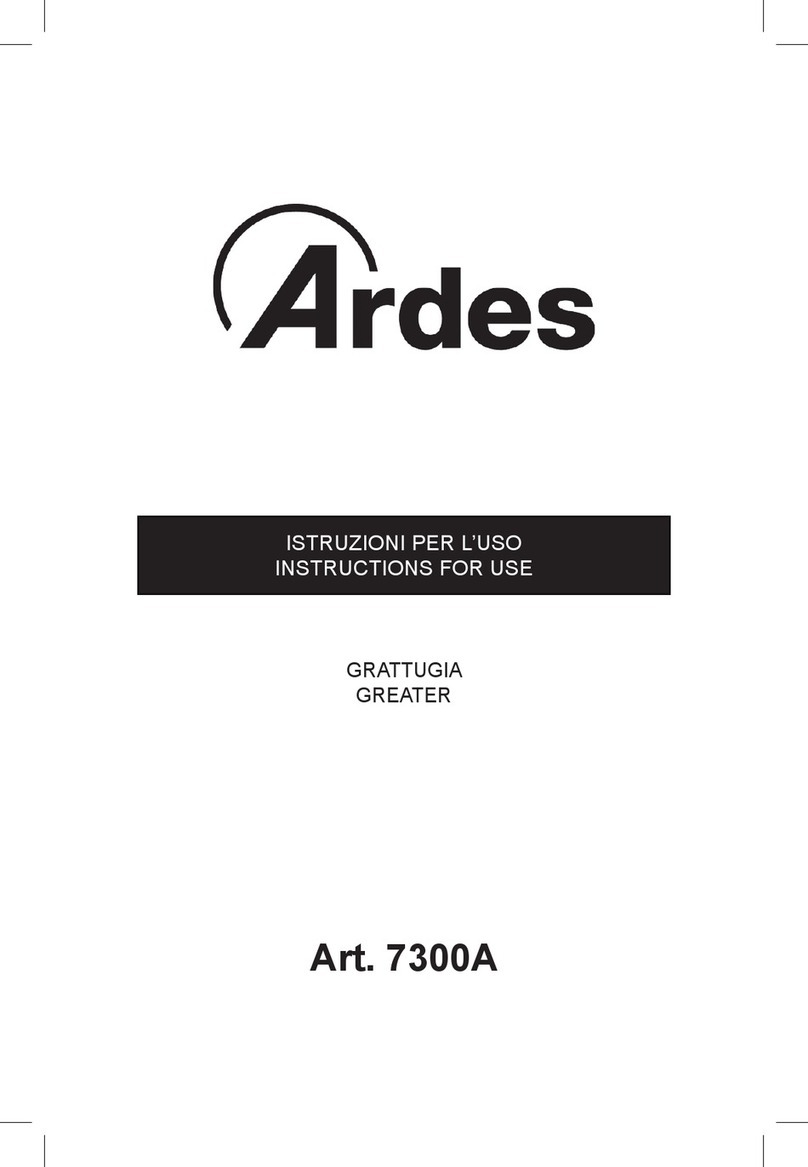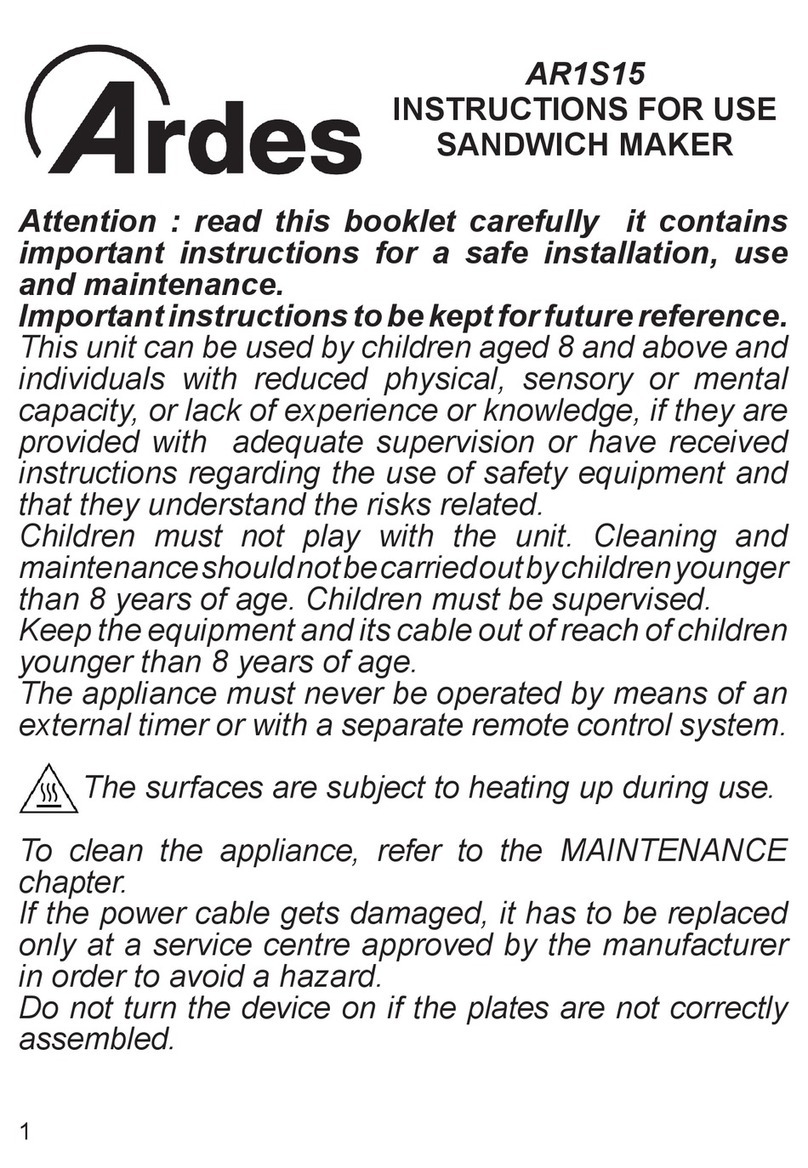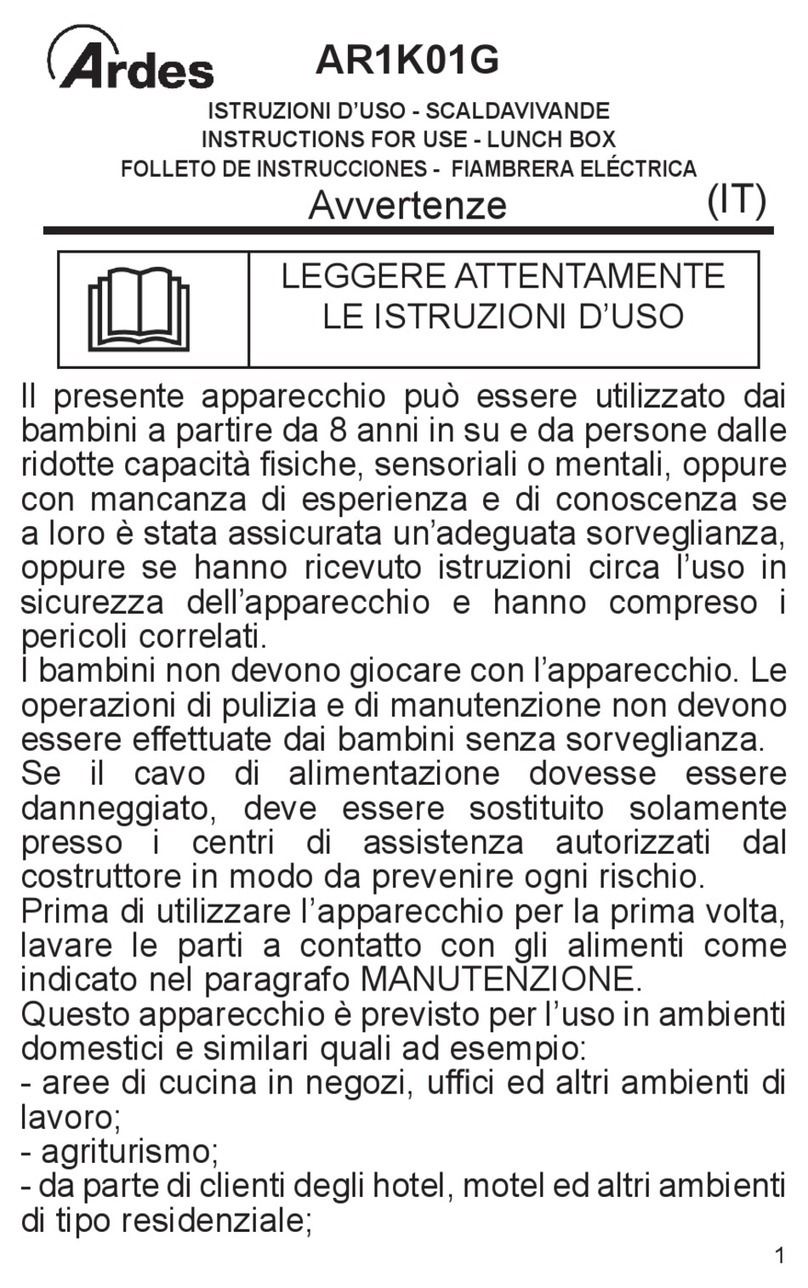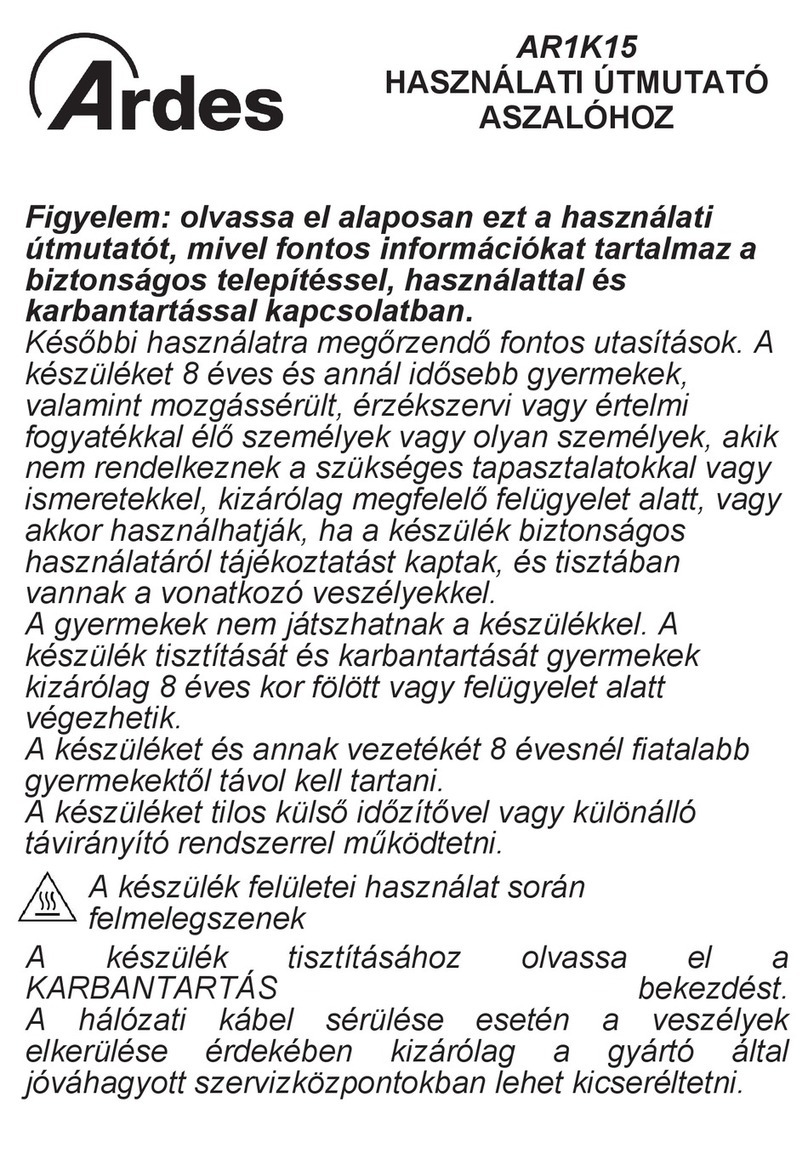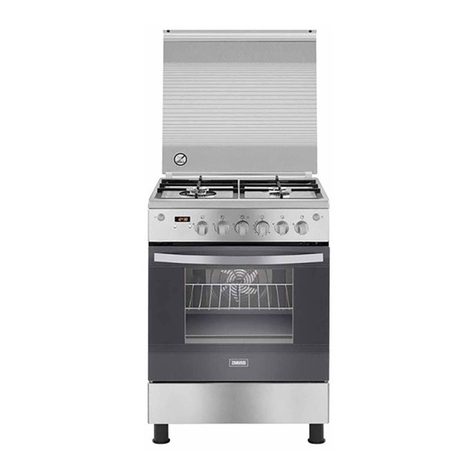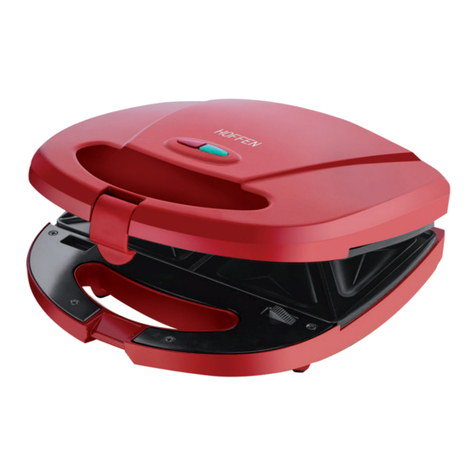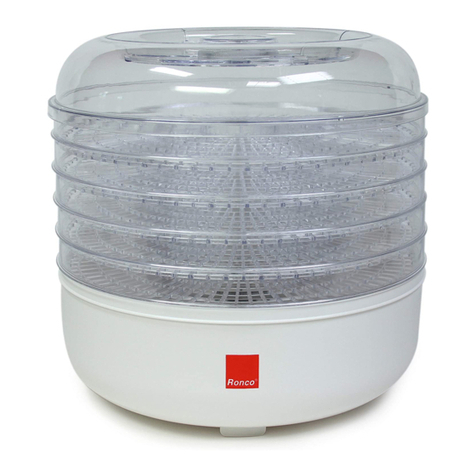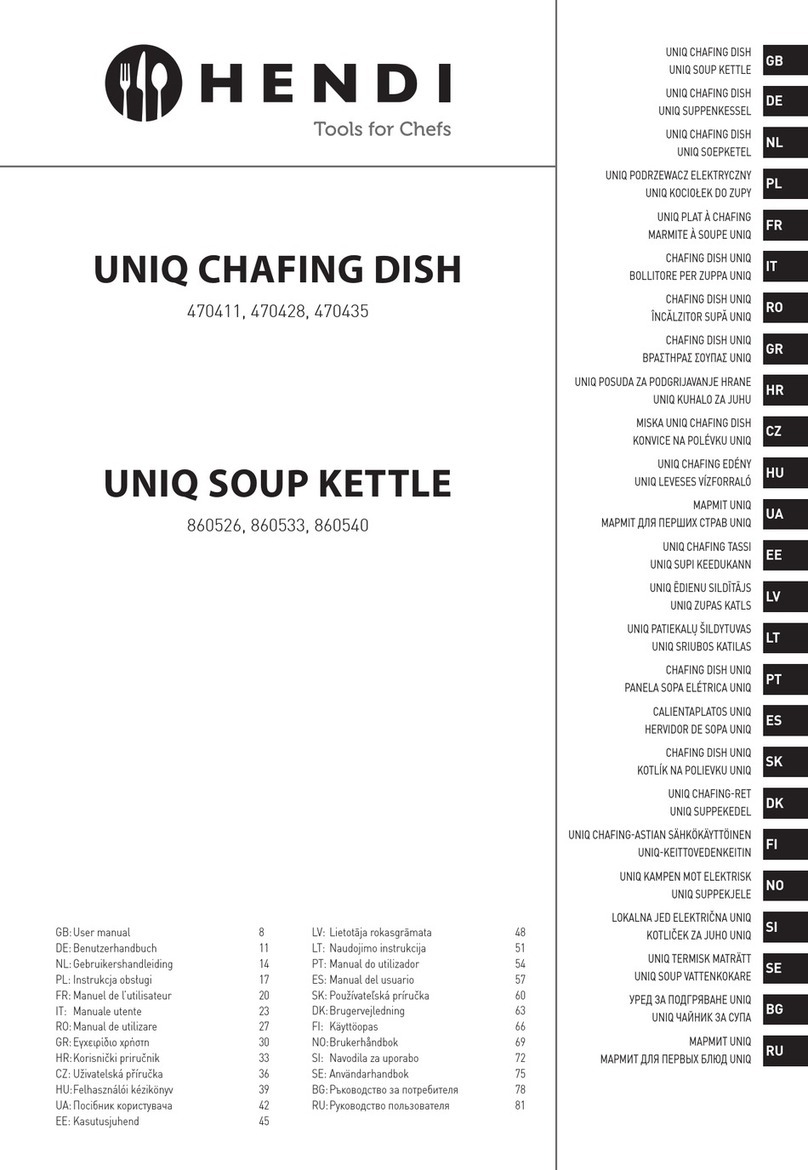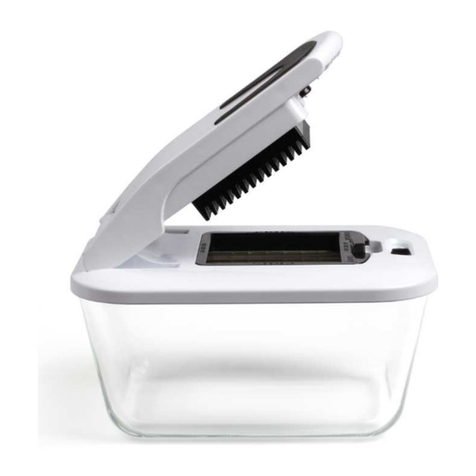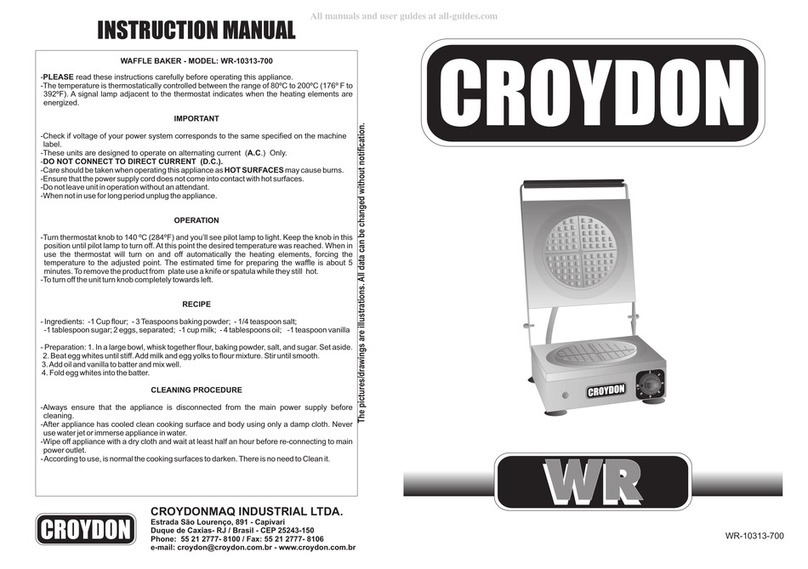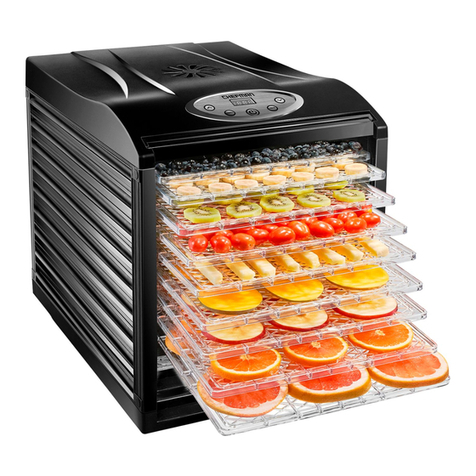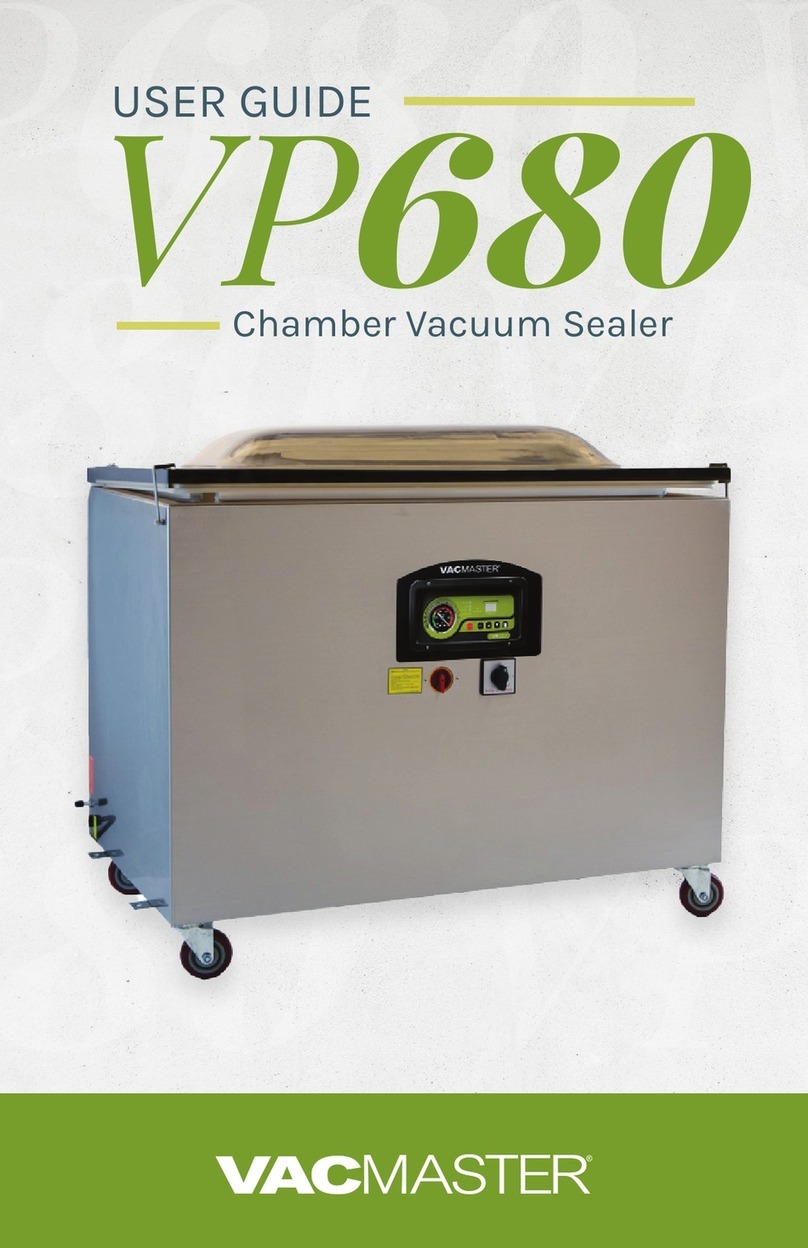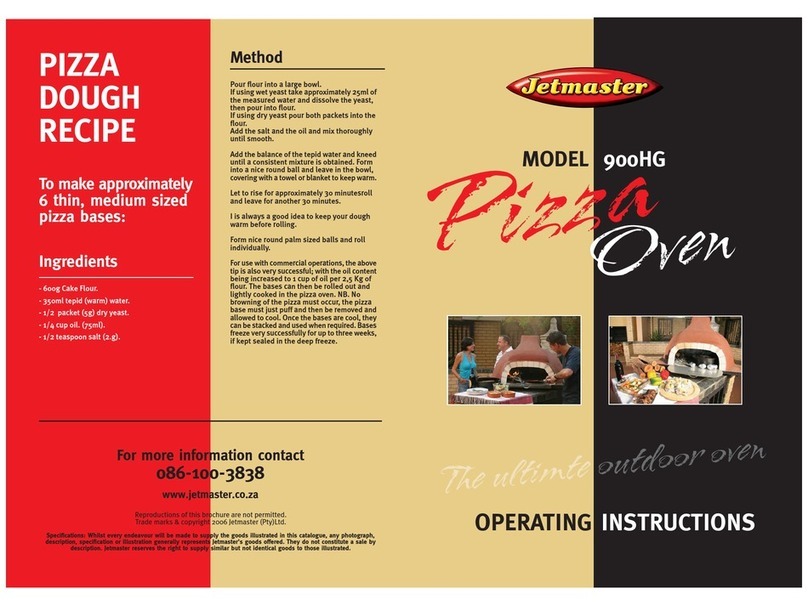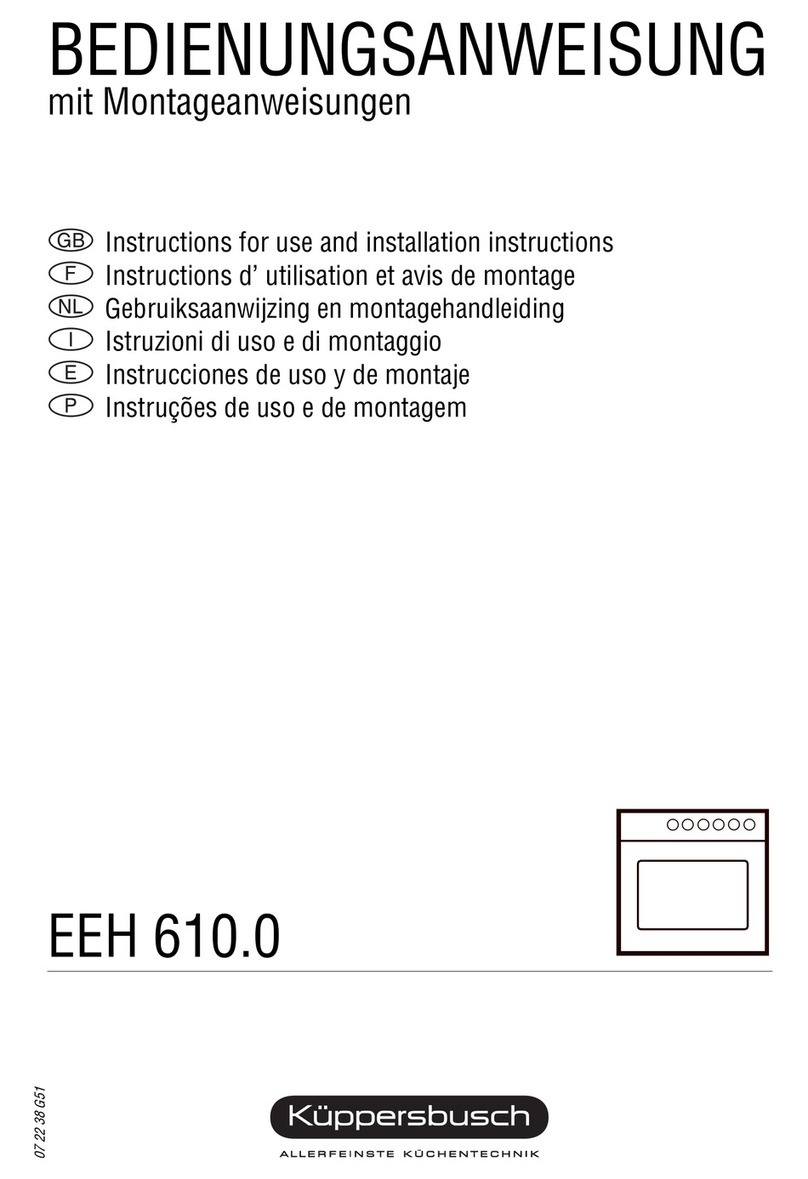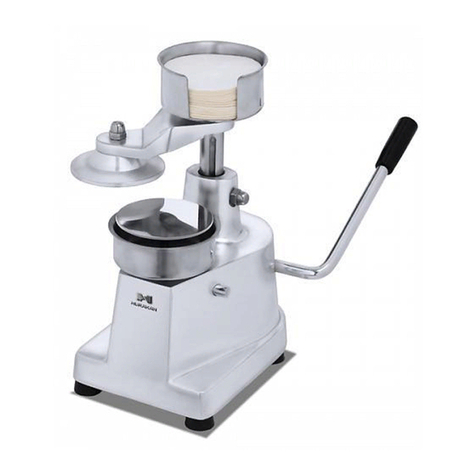
3
L’essicazione dei prodotti è un metodo ecace per la loro conservazione.
L’aria calda ad una temperatura controllata circola liberamente tra la base ed il coperchio, attraverso i cestelli
separabili; in questo modo i cibi posizionati sui cestelli si asciugano in modo uniforme con una perdita minima
di vitamine.
L’apparecchio può essiccare frutta, verdure e funghi; può essere utilizzato anche per essiccare ori, piante
medicinali e per preparare cereali.
Primo utilizzo
Prima di utilizzare l’apparecchio, pulirlo e lavare i cestelli ed il coperchio come indicato nella sezione
MANUTENZIONE.
Uso dell’apparecchio
1. Posizionare i prodotti precedentemente preparati (vedi paragrafo “Preparazione, tempi di essicazione,
conservazione”) sui cestelli removibili.
Nota: l’aria deve circolare liberamente tra i cestelli ed i prodotti; per questo motivo, non posizionare troppi
prodotti sui vassoi e fare attenzione che non siano troppo vicini tra loro.
2. Posizionare i cestelli sulla base.
Nota: posizionare tutti e 5 i cestelli anche se alcuni di essi non sono utilizzati.
3. Posizionare il coperchio sopra i cestelli.
Nota: durante l’essicazione, il coperchio deve essere sempre posizionato sopra i cestelli.
4. Inserire la spina nella presa di corrente ed accendere l’apparecchio ruotando la manopola in senso orario; la
manopola si illuminerà indicando che l’apparecchio è in funzione.
5. Impostare la temperatura di essicazione agendo sulla manopola.
Temperature indicative consigliate:
- Erbe aromatiche 40-50°C
- Ortaggi 45-50°C
- Pane 50-55°C
- Yogurt 50°C
- Verdure 50°C
- Frutti 50-60°C
- Carne, pesce 70°C
6. Dopo l’uso, spegnere l’apparecchio posizionando la manopola su OFF e scollegarlo dall’alimentazione.
7. Lasciare rareddare i prodotti quindi posizionarli in appositi contenitori per la conservazione dei cibi.
Posizionare i contenitori nel congelatore.
Preparazione, tempi di essicazione, conservazione
Informazioni generali
- Lavare i prodotti prima di metterli sui cestelli. Non posizionare prodotti bagnati nell’apparecchio. ATTENZIONE:
non inserire i cestelli se sono bagnati.
- Tagliare le parti non commestibili dei prodotti.
- Tagliare i prodotti in modo che possano essere posizionati liberamente tra i cestelli (non attaccati o sovrapposti
tra loro).
- ATTENZIONE: in caso di cottura preliminare, lasciare rareddare i prodotti prima di metterli sui cestelli.
- ATTENZIONE: LE DURATE INDICATE NEL PRESENTE MANUALE SONO INDICATIVE. La durata eettiva
dipende dalla temperatura ambiente e dall’umidità, dal livello di umidità dei prodotti, dallo spessore dei pezzi.
- I contenitori per la conservazione dei prodotti devono essere asciutti e puliti.
- ATTENZIONE: non inserire i prodotti ancora caldi nei contenitori per la conservazione.
Frutti
Lavare i frutti. Rimuovere le parti non commestibili ed eventualmente le bucce.
È possibile essiccare i frutti al naturale oppure aggiungendo del succo di limone o di ananas.
È possibile aggiungere cannella per migliorare l’aroma dei frutti.
Per una migliore conservazione dei frutti essiccati, si consiglia l’uso di contenitori in vetro con coperchio metallico
e di posizionarli in un luogo buio, asciutto e fresco (5-20°C).
Durante la prima settimana dopo l’essicazione, vericare che non ci sia umidità all’interno dei contenitori. Se ci
fosse umidità signica che i prodotti non sono stati essiccati correttamente e che devono essere nuovamente
deidratati.
Verdure
Lavare le verdure. Rimuovere le parti non commestibili.
Prima dell’essicazione, si consiglia di far bollire le verdure per qualche minuto (in particolare, fagioli, cavolori,
broccoli, asparagi e patate), quindi metterle in acqua fredda ed asciugarle.
Piante medicinali
Dopo l’essicazione, si consiglia di posizionare le piante medicinali in sacchetti di carta o in contenitori di vetro
con coperchio metallico e di conservarli in un luogo fresco e buio (5-20°C).
Carne
Prima dell’essicazione, tagliare in piccoli pezzi.
Pollame
Prima dell’essicazione, si consiglia di far bollire o di friggere il pollame.
Pesce
Prima dell’essicazione, si raccomanda di far bollire o di cuocere il pesce (per circa 20 minuti a 200 °C).
Istruzioni d’uso IT
